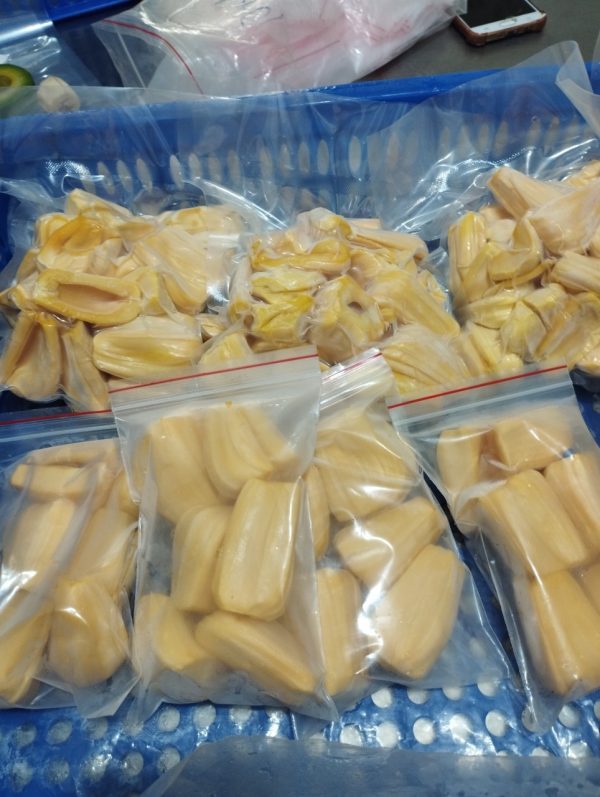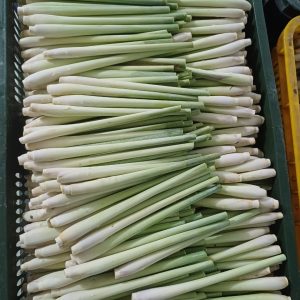Frozen Agricultural Products provide a practical solution for maintaining the freshness and nutritional quality of seasonal produce year-round. These products, including fruits, vegetables, and grains, are harvested at their peak and quickly frozen to lock in flavor and nutrients. Ideal for busy lifestyles, they offer convenience and versatility in meal planning and preparation.
Advantages of Frozen Agricultural Products
Frozen agricultural foods are becoming more and more popular in modern life thanks to their outstanding advantages compared to fresh foods. Here are some key advantages of frozen agri-food:
1. Maintain the flavor, nutrients and freshness of food:
The rapid cooling process helps preserve the food’s cell structure, limiting the breakdown of vitamins, minerals and natural flavors.
Frozen agricultural foods still retain their freshness and flavor almost as pure as when they were first harvested or processed.

2. Can be preserved for a long time and can be used for a long time:
Low-temperature storage helps inhibit the growth of bacteria and fungi, extending the shelf life of food.
You can easily store cold agricultural foods in the refrigerator and use them whenever needed.

3. Benefits, ease of use, saving processing time:
Frozen agricultural foods have been pre-processed, cleaned and pre-packaged, helping to save time and effort for users.
You just need to freeze and cook to your liking without needing much time for preparation like fresh food.

4. Diverse products, meeting all needs:
The market today has many different types of frozen agricultural foods, from meat, fish, seafood, vegetables to fruits, meeting all consumer needs.
You can easily choose products that suit your preferences, exports and nutritional needs of yourself and your family.

5. Reasonable price, suitable for all subjects:
Therefore, normal live foods and frozen agricultural foods are cheaper, suitable for consumers’ budgets.
This is a good choice for those who want to save money but still want delicious and nutritious meals.

Classification of frozen agricultural foods
Frozen agricultural foods are classified according to many different criteria, including:
1. By type of food:
- Meat: Beef, pork, chicken, lamb, goat meat,…
- Fish: Sea fish, freshwater fish, seafood,…
- Vegetables and fruits: Green vegetables, fruits, mushrooms,…
- Fruits: Whole fruits, sliced fruits, pureed fruits,…
- Processed products: Spring rolls, spring rolls, soup, cakes,…
2. According to processing method:
- Fresh frozen foods: Foods are frozen immediately after harvesting or simple preparation.
- Pre-processed frozen foods: Food is pre-processed into many different forms such as sliced, shredded, pureed,… before freezing.
- Frozen prepared foods: Foods that are processed into complete dishes before freezing.
3. According to the level of processing:
- Frozen raw foods: Foods that are frozen in their raw, unprocessed form.
- Frozen cooked foods: Foods that are cooked before freezing.
- Frozen convenience foods: Foods that are prepared into complete dishes, just need to defrost and reheat before use.
The classification of frozen agricultural foods helps consumers easily choose products that suit their needs and preferences.
Note: Frozen agricultural food classification may vary depending on the manufacturer and distribution area.

Some notes when using frozen agricultural foods
Product selection: You should choose to buy products from reputable brands, with clear origins, and intact and undamaged packaging.
Check the expiration date: The expiration date is written on the product packaging, you need to check carefully before buying and using.
Store properly: Keep the product in the freezer at temperatures below -18 degrees Celsius.
When using:
Defrosting food: There are many ways to defrost frozen agricultural foods such as: defrosting naturally in the refrigerator, defrosting in the microwave, defrosting in cold water.
Cook food thoroughly: Food should be thoroughly cooked before use to ensure food safety and hygiene.
Do not defrost food multiple times: Defrosting food multiple times will reduce the quality and flavor of the product.
Do not use spoiled food: If the food shows signs of spoilage such as changes in color, taste or blistered packaging, you should throw it away and do not use it.















